Home design trends come and go, but some popular picks make designers cringe. From stark kitchens to impractical shelving, these choices often prioritize looks over livability, even in spaces with average living room dimensions of 15×20 feet; function matters. Designers avoid fads like white cabinets black hardware in their own homes for practical reasons. Here’s why six trendy choices don’t cut their personal spaces.
Black and White Kitchens
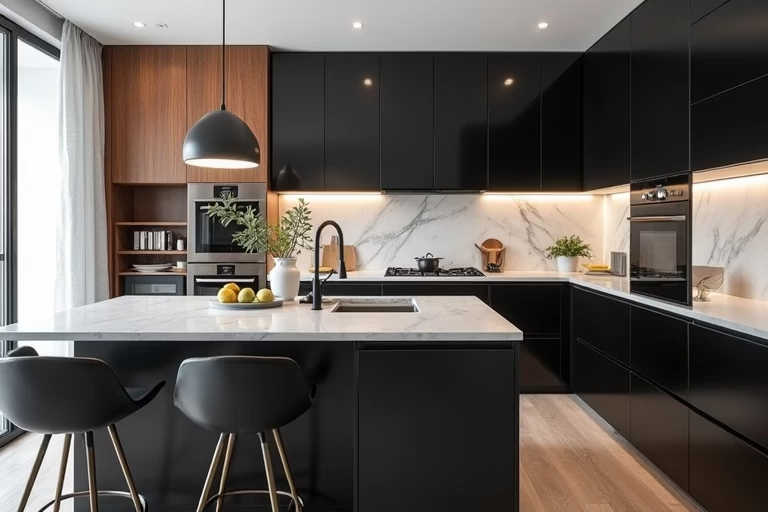
Black-and-white kitchens exude modern chic, but designers often opt for a different aesthetic in their own homes. The stark contrast lacks warmth, making spaces feel cold. Pairing them with cherry kitchen cabinets or hickory cabinets kitchen adds depth, but maintenance is a nightmare—every smudge shows. They also limit decor flexibility, clashing with colorful accents. Designers prefer softer palettes for cozy, versatile vibes. Here’s why they say no:
High Maintenance: Smudges and stains are painfully visible.
Cold Vibe: Monochrome feels sterile, not inviting.
Decor Limits: Bold colors or patterns clash easily.
Instead, designers opt for warm neutrals or mixed tones to create welcoming, adaptable kitchens that stand the test of time.
Open Shelving in Kitchen
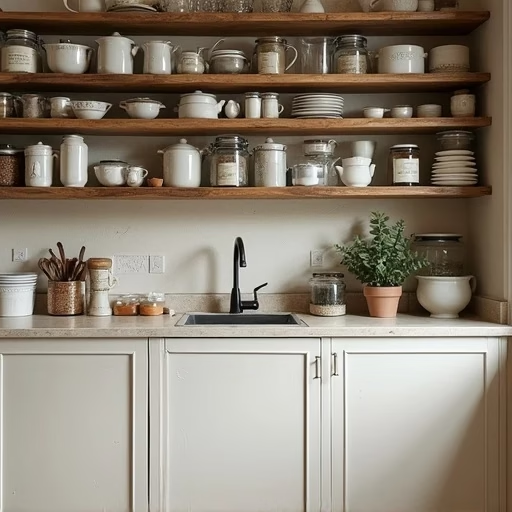
Open shelving looks Instagram-worthy, but designers avoid it in their kitchens. Dirt builds up quickly; mess stays stubbornly visible. While a countertop overhang delineates the area, open shelves necessitate perpetual upkeep. Even the most refined shiplap backsplash can’t impose order on surrounding chaos. Utility outweighs beauty in this space—designers favor fundamentals over fleeting fashion. Key issues include:
Dust Magnet: Shelves collect grime, requiring frequent cleaning.
Clutter Exposure: Visible piles of dishes and scattered jars can quickly disrupt the kitchen’s aesthetic harmony.
Limited Storage: Less space than closed cabinets.
Designers choose sleek, closed cabinetry for easy upkeep and a polished look, saving open shelves for curated displays in less greasy spaces like living rooms.
Wallpaper in a Full Bathroom
Wallpaper in a full bathroom seems bold, but designers say it’s a mistake. Moisture from showers, even in a marble shower, causes peeling and mold. Sage green bathroom cabinets pair is best with durable materials. The upkeep is relentless, and replacements are costly. Designers stick to tiles for a chic, low-maintenance look. Why do they avoid it?
Moisture Damage: Steam ruins wallpaper fast.
High Upkeep: Constant repairs eat time and money.
Tile or paint is their go-to for stylish, practical bathrooms.
Lacquered Flooring
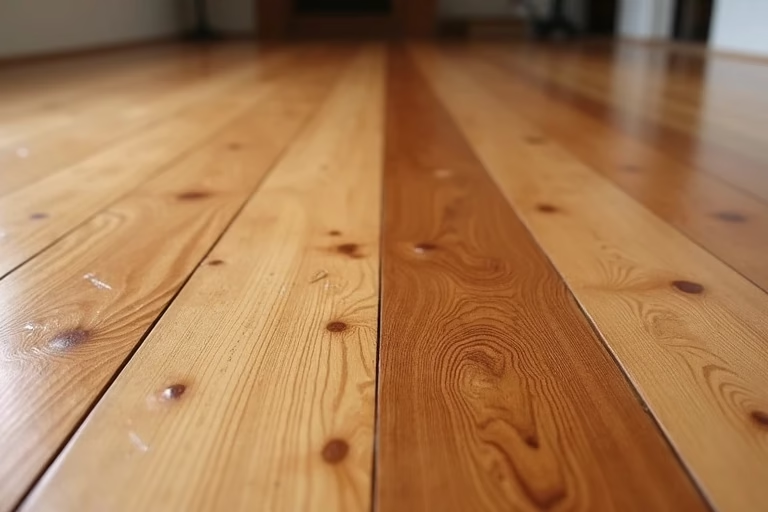
High-gloss lacquered flooring shines, but designers steer clear. It scratches easily, shows dirt, and can be slippery. Compared to laminate v hardwood or hardwood floors vs laminate, lacquered rank below both laminate and hardwood flooring options. Maintenance is a hassle, requiring frequent polishing. Designers prefer matte or satin finishes for elegance without the upkeep. The drawbacks are:
Scratch-Prone: Pets or shoes leave marks.
Slippery Surface: Poses safety risks.
Constant Cleaning: Dust and smudges stand out.
Matte hardwood or resilient laminate excels where technique and practicality matter most.
Mirrored Walls
Mirrored walls, once a glamorous statement, are a designer’s no-go. They’re tough to clean, show every fingerprint, and feel dated. A cut mirror as an accent works better than full walls. Wallpaper in the ceiling adds flair without the hassle. Designers opt for modern focal points like art. Why they skip mirrored walls:
Cleaning Nightmare: Smudges and streaks are constant.
Dated Aesthetic: Feels like an ‘80s throwback.
Overwhelming Effect: Too much reflection disrupts calm.
Small mirrors or metallic accents offer chic alternatives.
Small or Mosaic Tiles
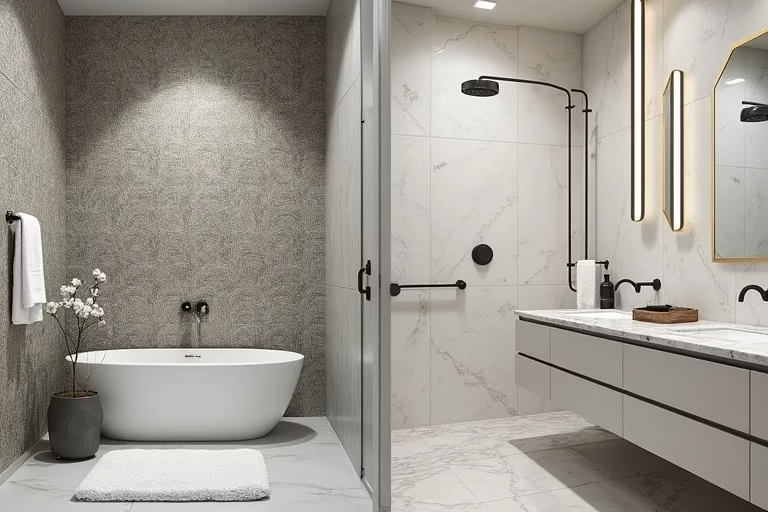
Small or mosaic tiles look intricate, but designers avoid them in large spaces. Grout lines act as dirt magnets, and intricate tile patterns can visually overwhelm a space. Lather granite countertops pair better with larger tiles for a clean look. Choosing types of wall texture like smooth plaster simplifies maintenance. Designers prefer big tiles for elegance and ease. The issues are:
Grout Hassle: Cleaning tiny lines is tedious.
Visual Chaos: Small tiles feel cluttered.
High Costs: Installation and upkeep add up.
Large-format tiles create a sleek, low-maintenance vibe.

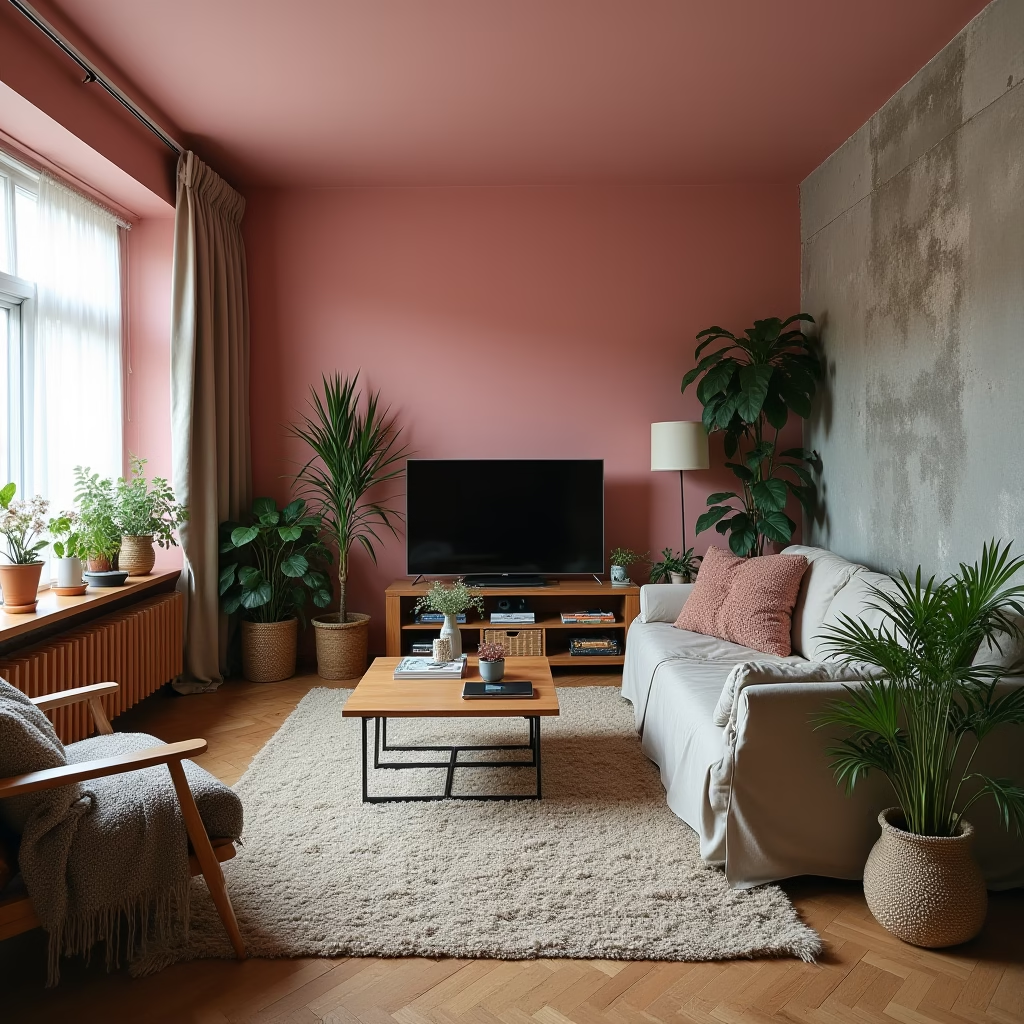
Leave a Reply